Living Heritage
Writer | Director | Producer
2020; Hong Kong; Documentary; 25 mins; ( +160 mins of Masterclass material); Cantonese
Commissioned by the Jockey Club ICH+ Program. Executive produced by Hong Kong Arts Centre.
Official selection at Ortigia Film Festival (Italy, 2020); On Art Film Festival (Poland, 2020); CortiSonanti Short Film Festival (Itlay, 2020)
Poster art by Stanley Chung
Living Heritage: A Triptych
(Full Version)
The Jockey Club ICH+ Programme presents
Funded by The Jockey Club Charities Trust
Co-organised by Lingnan University & Hong Kong Art School
Executive Producer: Hong Kong Arts Centre
Written, directed & produced by Adrian Lo
DOP & director: Man Ho
Music by Sadaharu Fukuoka; Edited by Yung Yuen-ting & Nick Liu;
Sound by Cyrus Tang, Momentai Organisation, Malte Eichhorst & Johann Grunewald
24 minutes 59 seconds
UHD 4K; Stereo; Cantonese dialogue with English subtitles; French, German, Italian, and Spanish subtitles also available upon request
From paper and bamboo to the needle and thread, the unique traditional Chinese handicrafts evoke the richness of Hong Kong’s cultural heritage, otherwise unknown to those who are only familiar with the city’s commerce and skyline. Adrian Lo’s enchanting documentary details the struggles in which traditional crafts attempt to remain both authentic and relevant at the same time; “the cheongsam will always remain, but its sewing technique will vanish,” says renowned tailor Fung Yau-choi.
As beautiful and delicate as the artworks themselves, LIVING HERITAGE is a documentary about artistic perfection interwoven with a profound sense of community, warmth, and most of all, wisdom.
Gallery
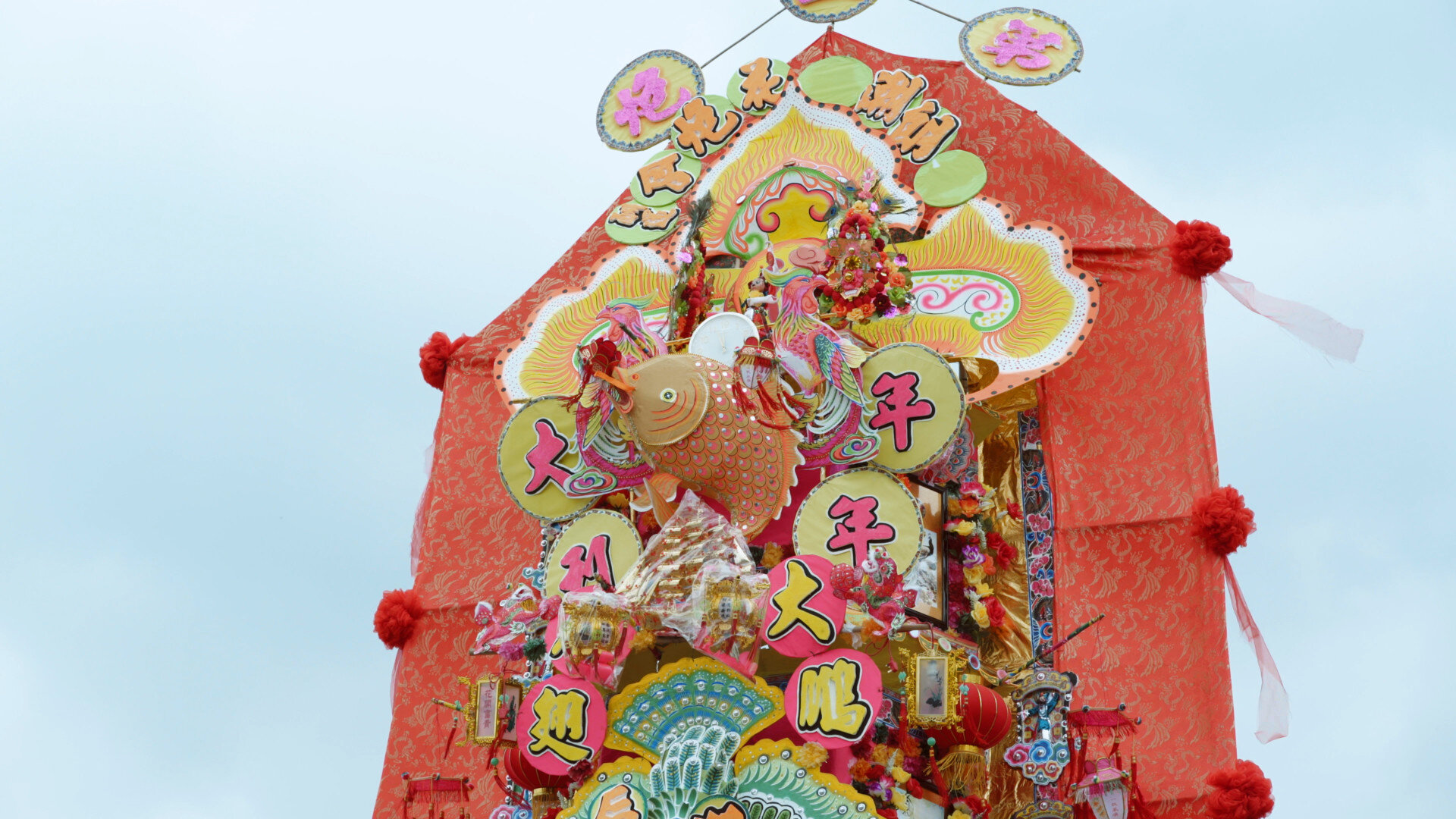
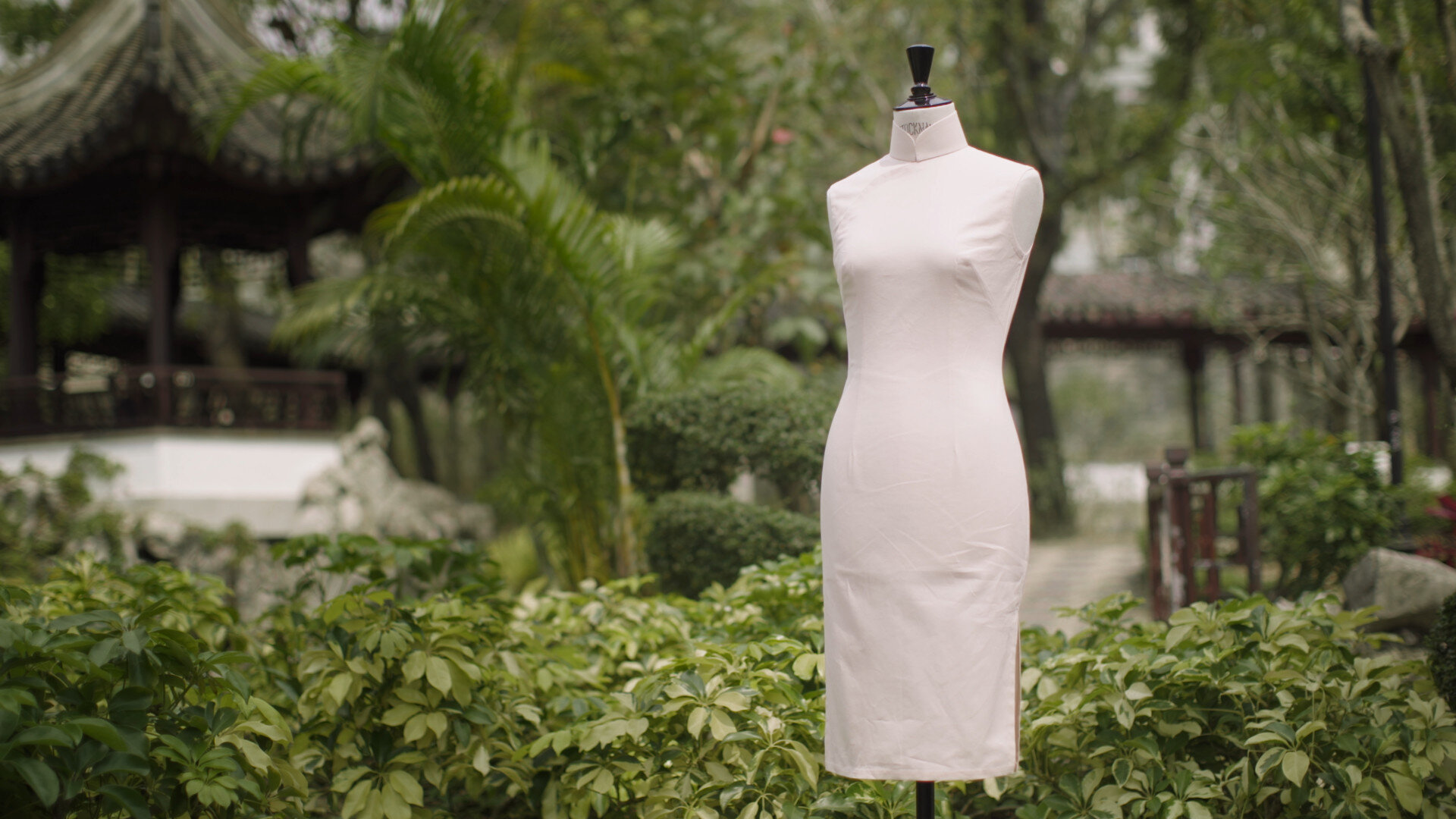
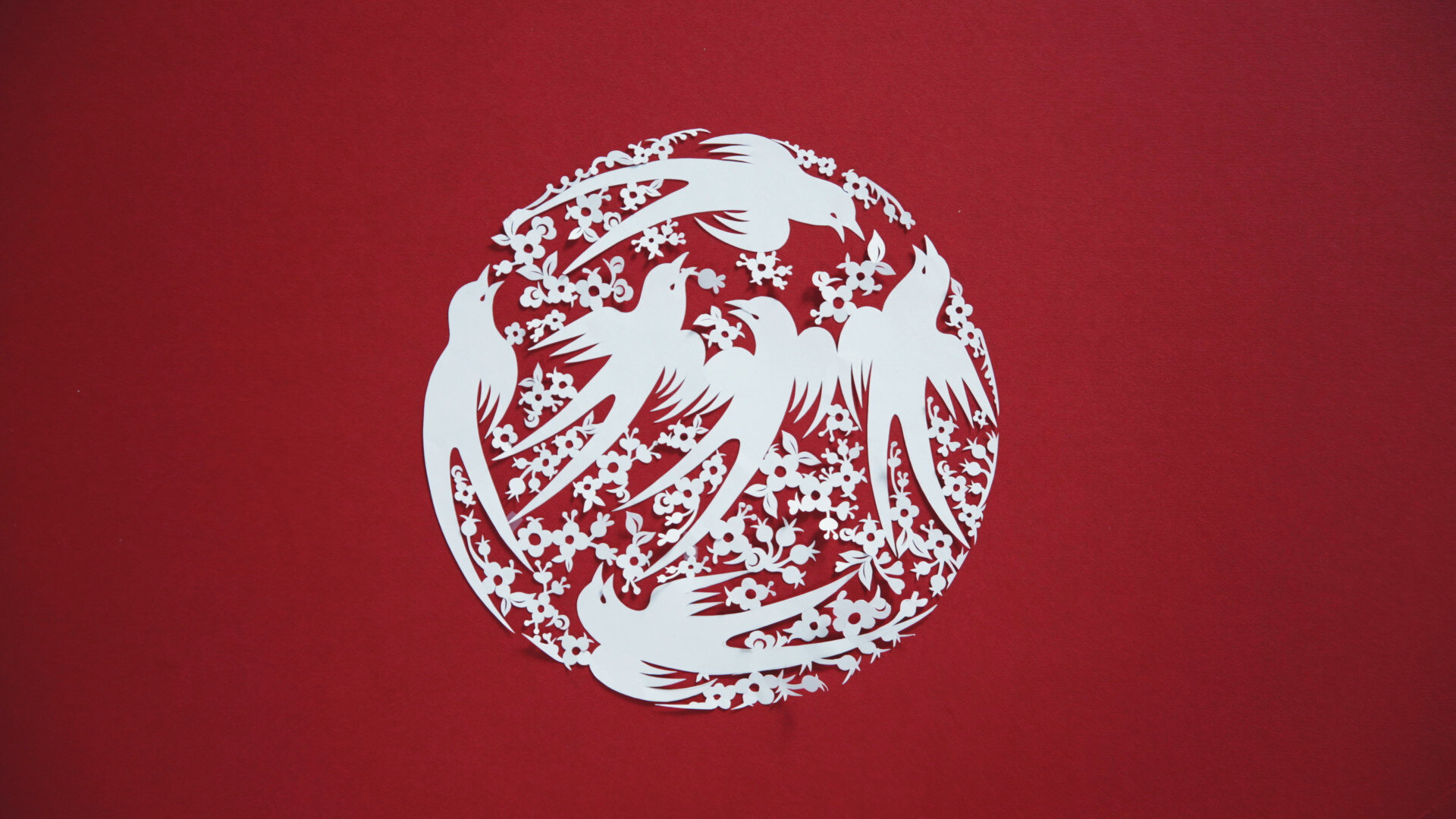
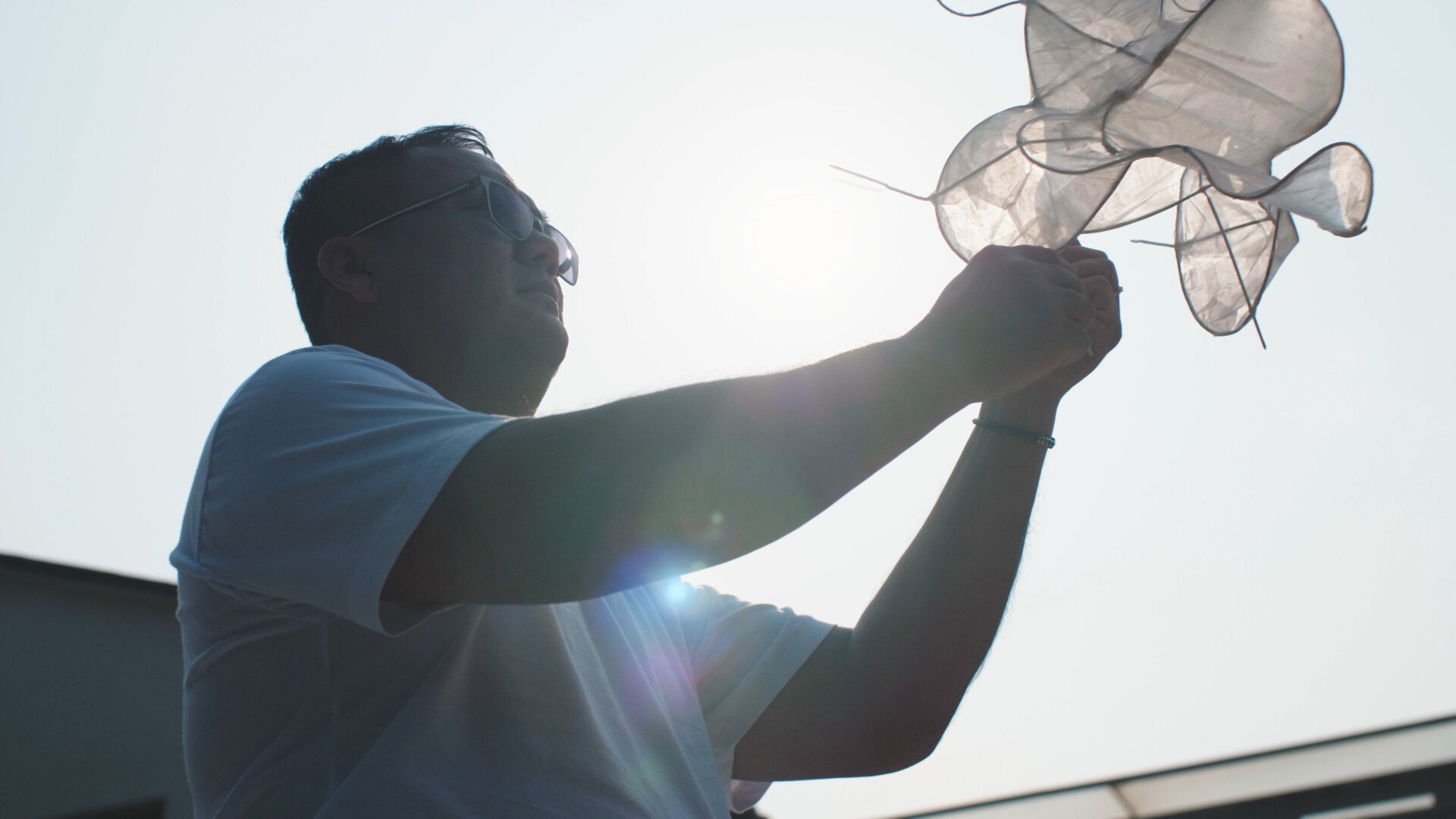
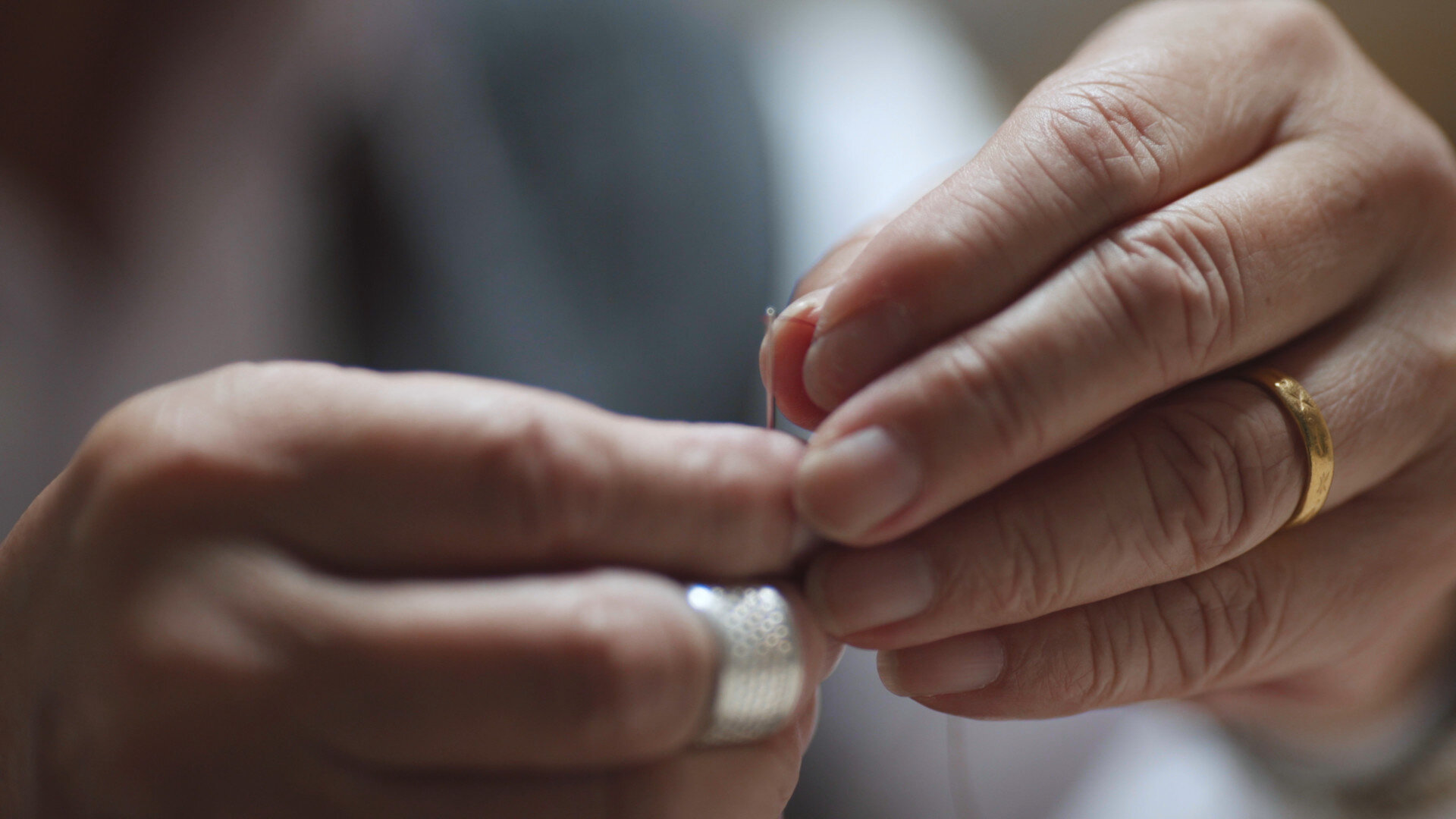

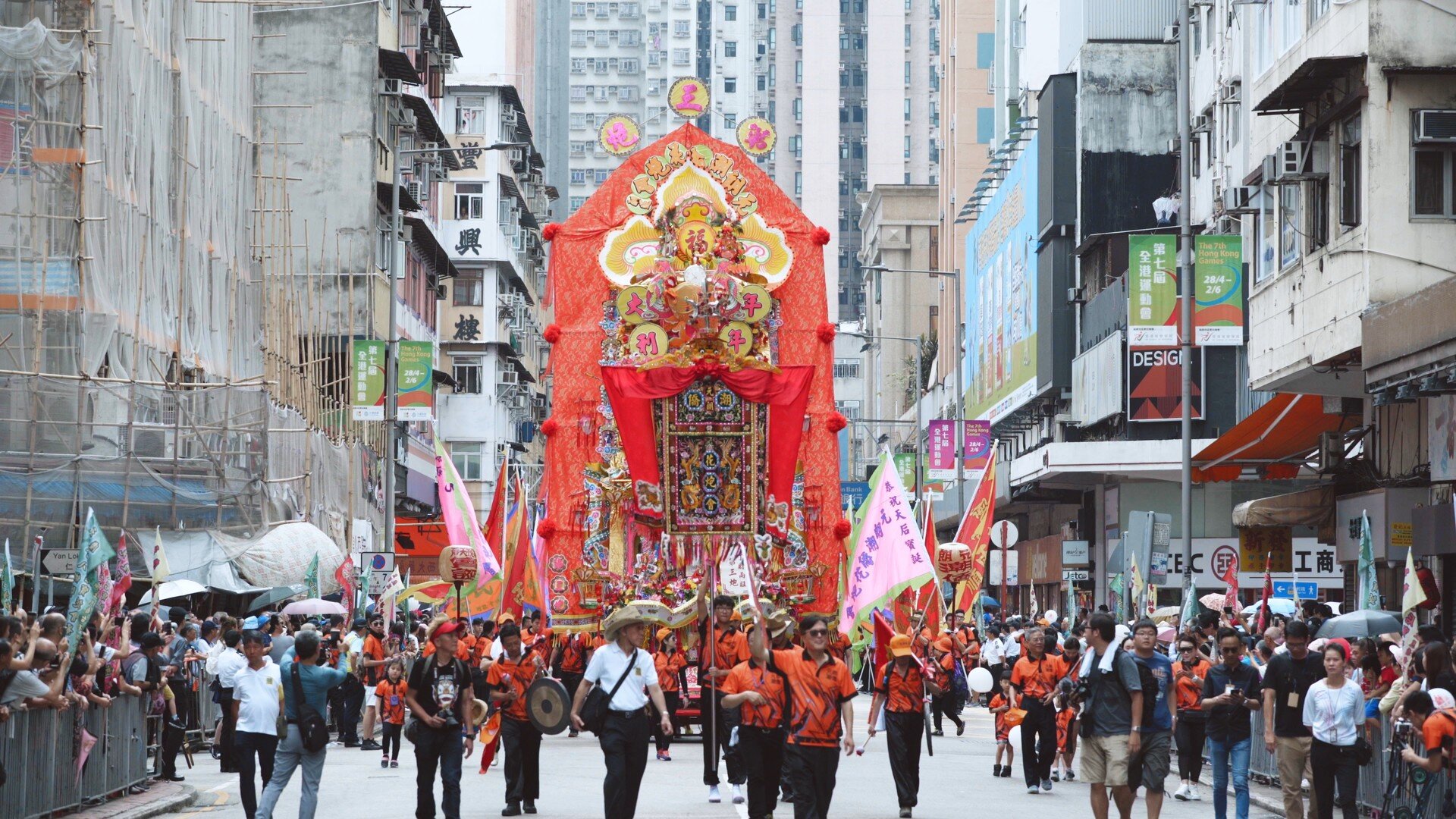


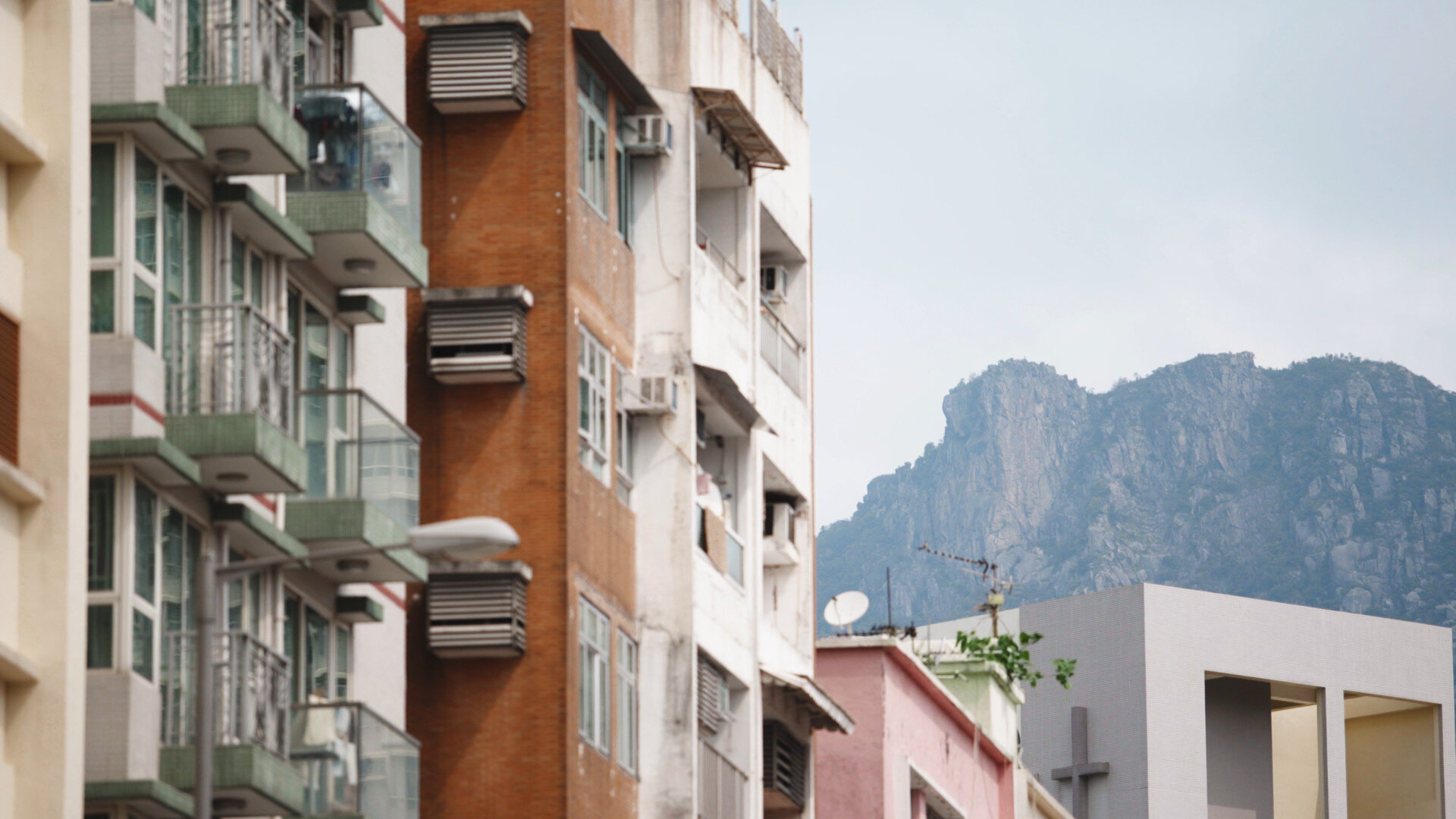

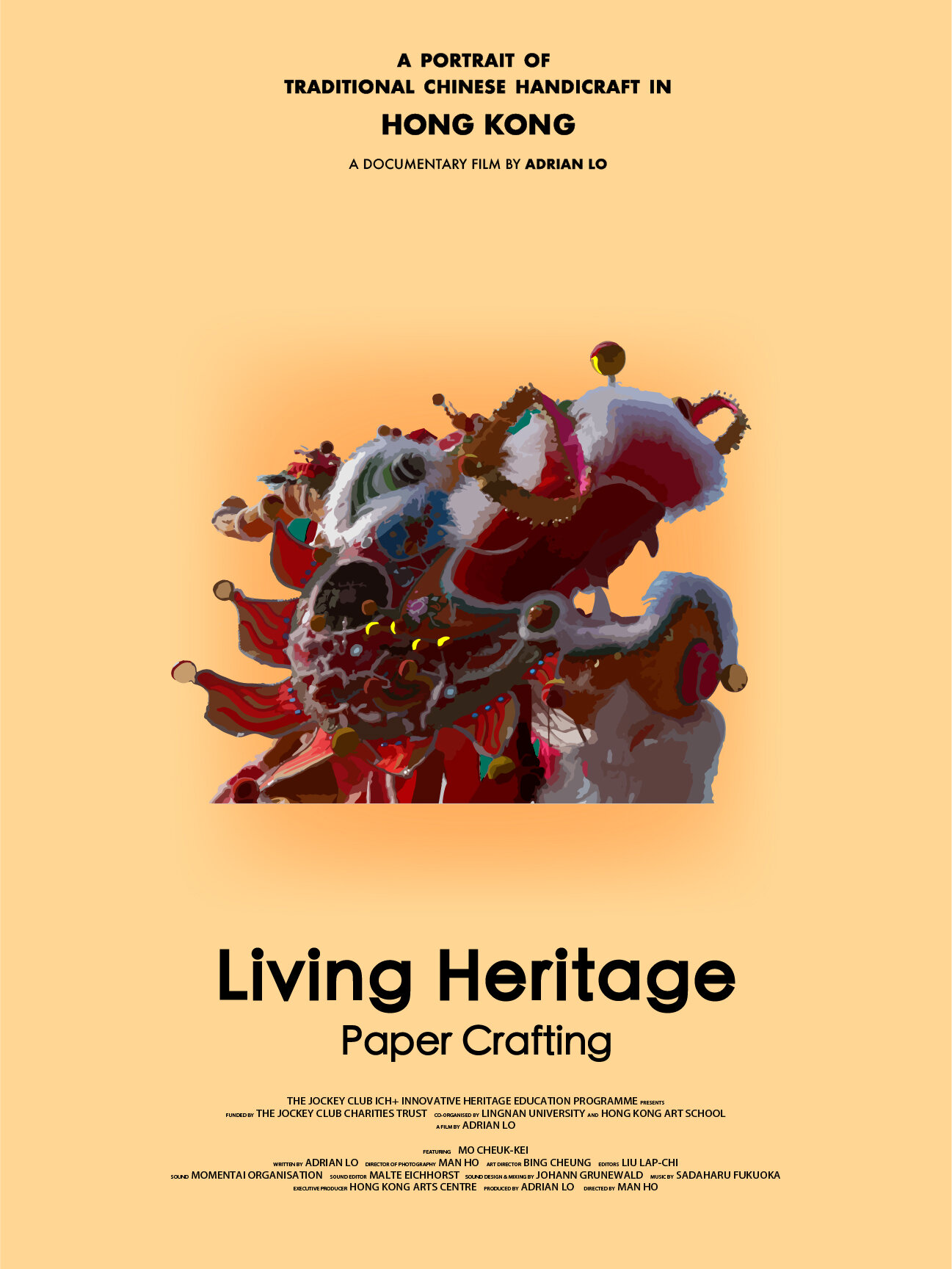
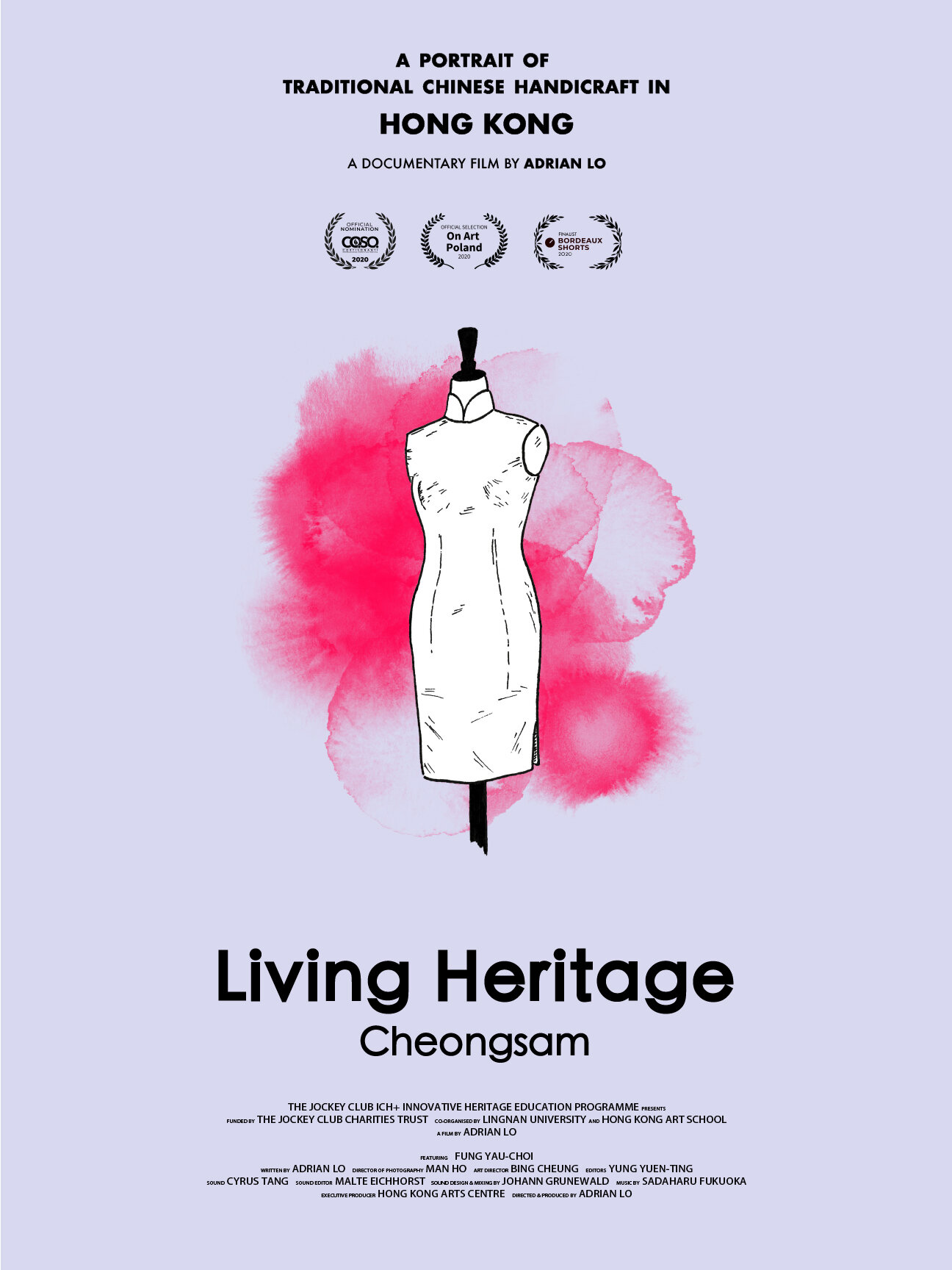
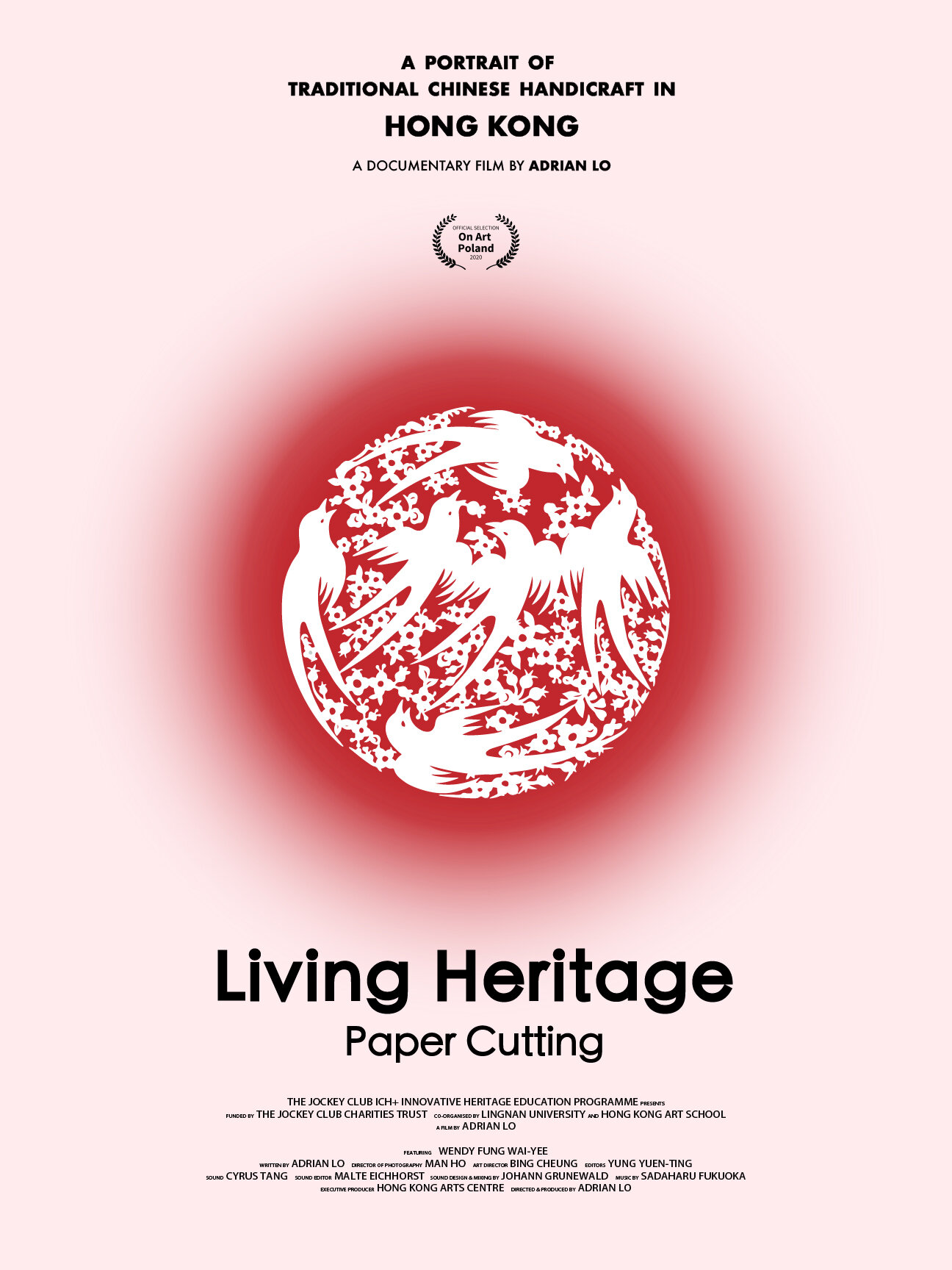
Director’s statement
People don't often associate heritage with the urban metropolis, but Hong Kong is a megacity blessed with Chinese cultural heritage. Hong Kong's colonial past meant that it was a vital safe-haven for many traditional Chinese arts and crafts, which would have otherwise been lost during the political turmoil and cultural upheaval in mainland China.
LIVING HERITAGE documents three traditional Chinese handicrafts in Hong Kong by pursuing the same elegance and beauty in its music and moving images as the artworks we encounter. The story is told by the artists themselves. In a way, because so much of what they talk about is how their urban surroundings and their art are inter-connected, it can also be seen as a film about Hong Kong culture and society as told through its rich heritage.
Given the context of a society battling for its own identity and political future, my proposal is that we temporarily strip out the slogans and fiery images we are fed in news-media, and instead, zoom in on those lesser known characters. You may be surprised that, in fact, many similar themes can still be found, manifesting themselves in the spirit of creativity and the dedication in craft.
What makes the triptych format tick for me is how each artist bring their own personality and character to their craft. Mr. Mo is a personality that really embodies his art and is also one of few people I’ve had the privilege of meeting who effortlessly bridges together the man, his art and above all, his community. Wendy Fung, on the other hand, only discovered paper cutting as a hobby after her retirement from teaching. And yet, it's become such an important part of her life because she's able to discover more contemporary relevance in a traditional art than what most of us are aware of. But perhaps the most interesting question about heritage occurred to me while filming Mr. Fung.
Because Mr. Fung lives and works in Kowloon City, his walk to work somewhat serendipitously traverses the cheongsam and the Lion Rock, both of which are powerful symbols of Hong Kong identity in their own ways. None of this was planned as with most things in documentaries but it also triggered an essential question that is central to this film: What is the meaning of cultural heritage? Is it the preservation of its authenticity or is it the longevity of its relevance? We can celebrate something for all the beauty and nostalgia it evokes but if we fetishise its image without understanding its essence, could we end up losing it altogether?
Cities are by nature places that restlessly and unforgivingly transform themselves. The language of cities tend to emphasise the role that its richest, its leaders, and its planners play. But I think there is a case to be made for the modest artists as the city’s more transformative member. This is because often only they can display the kind of sensitivity and humility to acknowledge how the city has shaped their own lives.
My hope is that these unique stories our artists so honestly tell about their lives and works will provide a nuanced approach to the myriad of ways we can actually understand Hong Kong. Cutting through the hustle bustle and looking beyond the glossy facades of its skyscrapers, it is possible to unearth a deeper truth about this city, especially a profound sense of community and tradition unique to this city, and above all, I hope this film will go some way towards reflecting the real significance of cultural heritage to human society.
Original Music by Sadaharu Fukuoka
Poster art by Antarjot Herman
Living Heritage: Paper Crafting
(Part I)
Written & produced by Adrian Lo
Directed by Man Ho
DOP: Man Ho; Music by Sadaharu Fukuoka; Edited by Nick Liu
8 minutes 53 seconds
UHD 4K; Stereo; Cantonese dialogue with English subtitles; French, German, Spanish & Italian subtitles also available!
Paper craft products are assembled with strips of bamboo, paper, and fabric. These can range from small lanterns, to lions and dragons for parades and dances, or even bigger floral tributes, or "Fapao", like the one in this film.
There are generally four stages to paper crafting: binding, paper-mounting, painting and adorning. Once the bamboo skeleton is bound by tying paper strips together, decorative paper or fabric is mounted on, before painting and adding decorations to create these magnificent works of art.
The Jockey Club ICH+ Innovative Heritage Education Programme was launched jointly by Lingnan University and Hong Kong Art School. In its first year, masterclasses on paper crafting technique, cheongsam sewing technique, as well as paper cutting technique were inaugurated in order to promote Hong Kong's Intangible Cultural Heritage (ICH), and to cultivate greater in-depth knowledge for the younger generation through a more innovative and experiential form of learning.
This film was funded by this program. Its executive producer is Hong Kong Arts Centre. It was written and produced by Adrian Lo, and directed by Man Ho.
More on ICH+:
Website: www.ichplus.org.hk
Facebook: www.facebook.com/ichplus.org
Instagram: @ichplus_org
Poster art by Nele Sauer
Living Heritage: Cheongsam
(Part II)
Written, directed & produced by Adrian Lo
DOP: Man Ho; Music by Sadaharu Fukuoka; Edited by Yung Yuen-ting
8 minutes 57 seconds
UHD 4K; Stereo; Cantonese dialogue with English subtitles
From Fleur in the movie “Rouge” or Su Li Zhen in “In the Mood for Love”, both the glamorous patterns and the simple cuttings of the cheongsam embody the beauty of traditional Chinese women.
Sewing, fabric cutting, binding production are just some of the many complex technical skills required in making this iconic dress. All of which are now on the verge of vanishing completely as the art of bespoke tailoring has paved way for ready-to-wear fashion.
In this film, master tailor Fung Yau-choi, a last bastion of the Shanghai School, tells us what cheongsam making means to him and how such an important part of Chinese cultural heritage should be preserved.
More on ICH+:
Website: www.ichplus.org.hk
Facebook: www.facebook.com/ichplus.org
Instagram: @ichplus_org
Poster art by Antarjot Herman
Living Heritage: Paper Cutting
(Part III)
Written, directed & produced by Adrian Lo
DOP: Man Ho; Music by Sadaharu Fukuoka; Edited by Yung Yuen-ting
8 minutes 2 seconds
UHD 4K; Stereo; Cantonese dialogue with English & Chinese subtitles
Paper cutting as a popular decorative art dates as far back as the Han and Tang Dynasty. Deeply rooted in folk culture, the heritage of paper cutting has been preserved in Hong Kong through its sheer popularity amongst its enthusiasts. Unlike paper crafting or cheongsam making, paper cutting seems simpler and more down to earth, but the creative opportunities it offers effortlessly, as well as its continued relevance even in an urban setting, sets it apart from anything else within The Jockey Club ICH+ Innovative Heritage Education Programme.
Grab some paper and scissors and join us on this unique journey traversing tradition and creativity!
Website: www.ichplus.org.hk
Facebook: www.facebook.com/ichplus.org
Instagram: @ichplus_org
Masterclass
Last but not least, we created four exclusive “Masterclass” videos, narrated by the artists themselves, teaching us, step-by-step, how to make a traditional Chinese lantern, a cheongsam, a paper-cutting figure, and a “dragon column” fitted for a standard “Fapao”:
1) Lantern (21 mins)
2) Cheongsam (1 hour 10 mins)
3) Paper Cutting (40 mins)
4) Paper Crafting (30 mins)
Prayer for Peace
Writer | Director | Editor | Composer
2017; Hong Kong; Documentary; 15 mins; (+21 hours exclusive archive); Cantonese
Produced, directed & edited by Adrian Lo
Cinematography by Man Ho; music by Adrian Lo;
Short documentary; 14 minutes 57 seconds
Complete archive footage; 21 hours 9 minutes
completed April 2017; unreleased
Once every 10 years, these villagers from the outskirts of metropolitan Hong Kong gather for five days of traditional Taoist rituals called Prayer for Peace. Operas, martial arts, bonfire offerings - why do they insist on keeping these traditions?
Set in the rocky coastal village Shek O at the edge of densely populated Hong Kong island, this film is centred on its 19th decennial festival of "Prayer for Peace" (Cantonese: Tai Ping Ching Chiu) - a traditional Taoist ritual of peace and thanksgiving held over five days.
Not only is this film a vibrant and energetic celebration of the rich cultural heritage in Hong Kong, it is also a window into hearing the voices of these villagers who have a thing or two to teach the urban dwellers about how common identity and community spirit are fostered.
Heritage, in their own words, is not about preserving from the by-gone, it is about sharing a living legacy.

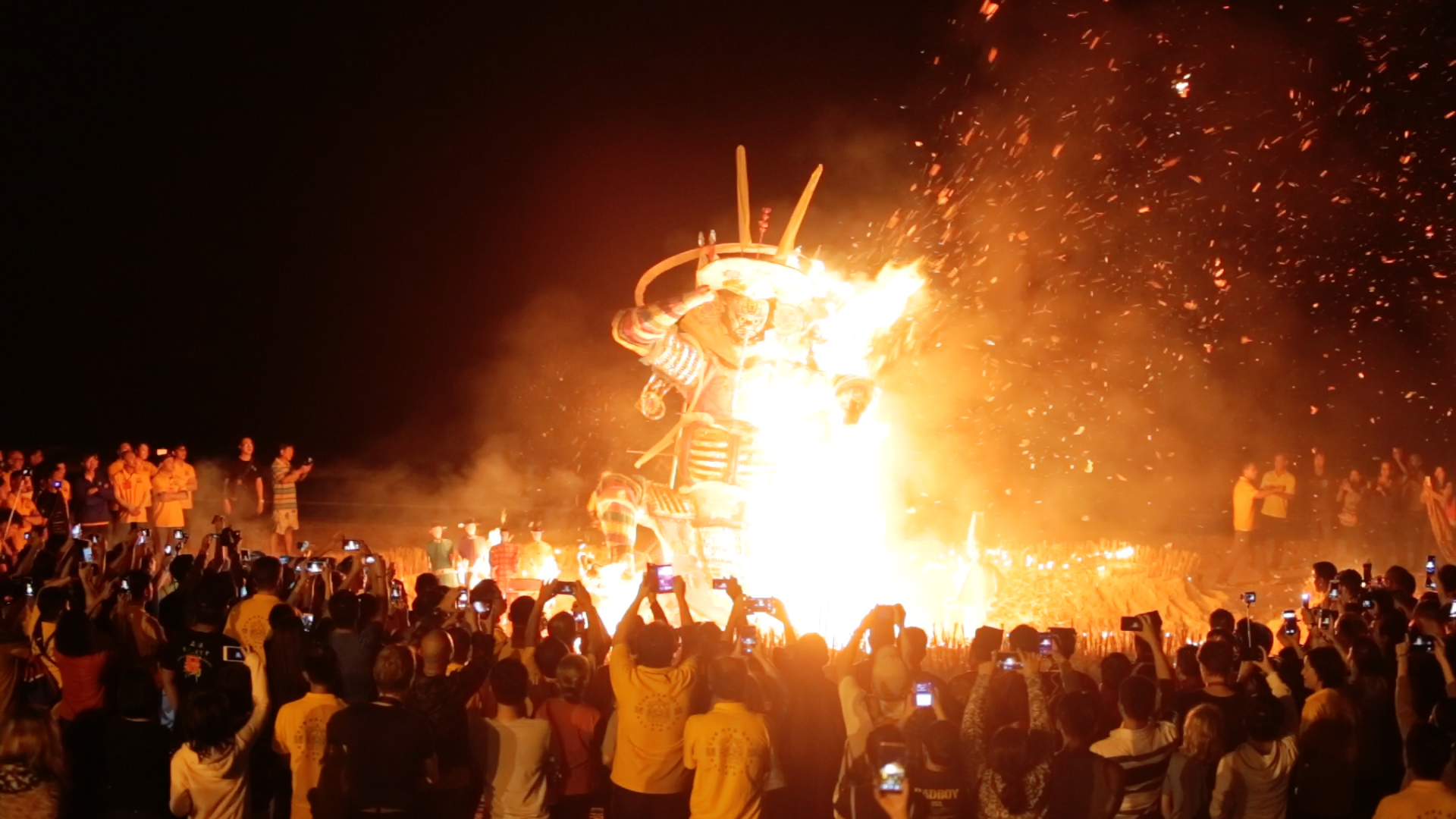

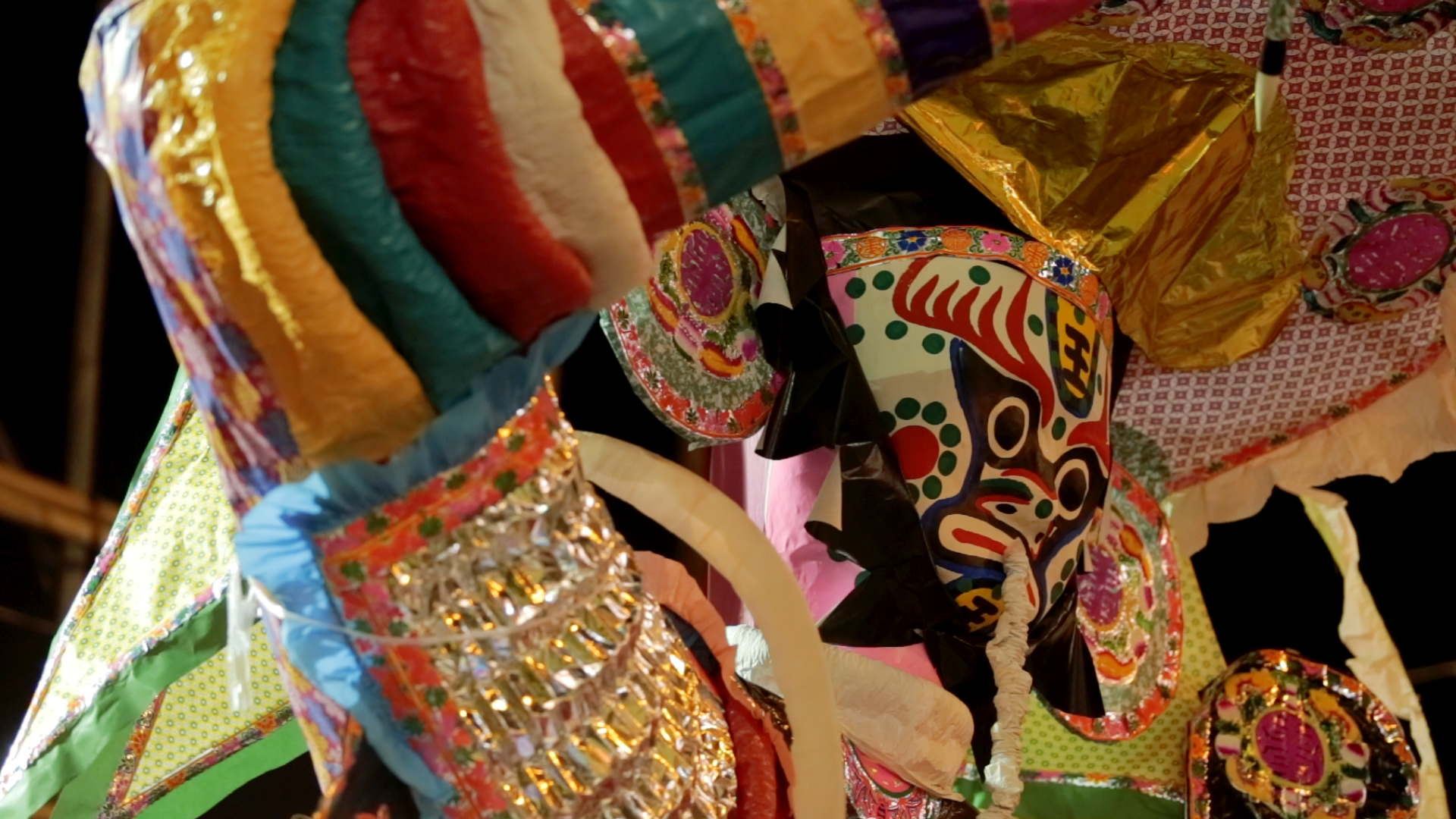
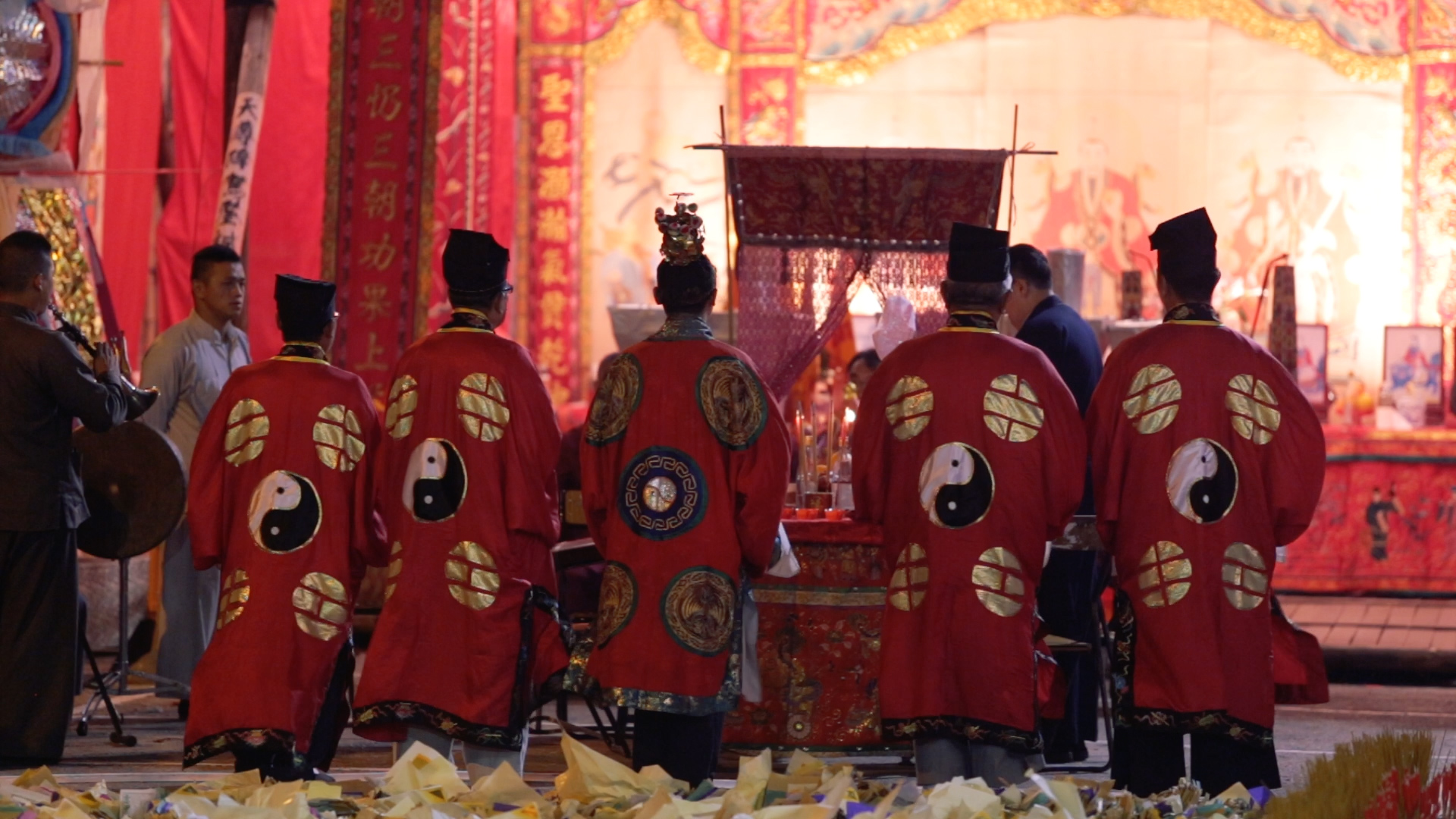

Music
Creating the score for this was more about 'filling in the gaps' than about really leading with any melodic theme or motif. This is mainly because there's already so much to see and hear both in terms of all that colour in the picture and all those really diegetic sounds like fire crackers and drumming. So, I started pursuing down the route of expanding from all the original drumming sound we captured in Shek O and tried instead to explore a bit further with creating interesting textures with that drumming more than anything else. I was quite pleased with finding this piano-based tinkering texture in the end because I think it sat high in register and actually balanced quite well with the drumming 'heart-beat' so to speak. There's a certain feeling of flowing movement with these tracks and I think it also ties in quite well with one of the key essences of this film - which is the idea of continuity.
Archive footage
Totalling over 21 hours, this was a lot of material and an insane amount of editing because this is everything that happened in the five-day festival, from Wednesday 4am to Sunday 6pm. It was incredible to work with such a dedicated DOP who had an equally dedicated team and who were all mad enough to run around all three villages non-stop and just kept shooting. I remember there were times during the editing process when I did wonder if the idea of actually making a complete record of the festival was maybe slightly pointless but I think, at least, I can take refuge in the fact that we did manage to make the best moving image record of a Tai Ping Ching Chiu festival in its entire history. It's a precious part of Hong Kong culture and I'm glad it's there for you to see it.
農曆⼗月初十日 (11月9日)星期三 Wednesday 11 November 2016
#1 發奏上三表 Commencement Ritual (26 mins)
#2 取⽔水淨壇 Water Well (31 mins)
#3 揚 幡 Setting the Masts (15 mins)
#4 醒獅迎神至醮壇 Welcome the Gods (1 hour)
#5 開幕典禮及醒獅開光儀式 Opening Ceremony (35 mins)
#6 迎神登壇 Altar (1 hour 50 mins)
農曆⼗月十一日 (11月10日)星期四 Thursday 12 November 2016
#7 早朝幡、禮懺 Rituals at Masts (1 hour 17 mins)
#8 天后古廟 Tin Hau Temple (8 mins)
#9 打武禁壇、分燈、晉燭 Martial Arts Rituals (1 hour 14 mins)
#10 頒贈紀念品 Awards Ceremony (40 mins)
農曆十⽉⼗二日 (11月11日)星期五 Friday 11 November 2016
#11 跑⽂書 Paper Horse (42 mins)
#12 啟人緣榜 The List of Names (2 hours 13 mins)
#13 迎聖、小市、祭小幽 Small Bonfire (1 hour 26 mins)
#14 太平清醮聖物競投 Auction (2 hours 5 mins)
農曆⼗月⼗三日 (11月12日)星期六 Saturday 12 November 2016
#15 行香、飄⾊、醒獅巡遊 Grand Parade (2 hours 37 mins)
#16 ⼤士出巡 Parade of the ‘Ghost King’ (45 mins)
#17 超幽散醮 Great Bonfire (1 hour 38 mins)
農曆⼗月⼗四日 (11⽉13日)星期⽇ Sunday 13 November 2016
#18 酬神、 化榜、行符 Final Offerings (1 hour 9 mins)
#19 醒獅送壇神回宮 Returning the Gods (38 mins)
總共片長 Duration: 21 hours 9 minutes
Wells Blog
Duis mollis, est non commodo luctus, nisi erat porttitor ligula, eget lacinia odio sem nec elit. Maecenas faucibus mollis interdum. Nulla vitae elit libero, a pharetra augue.






